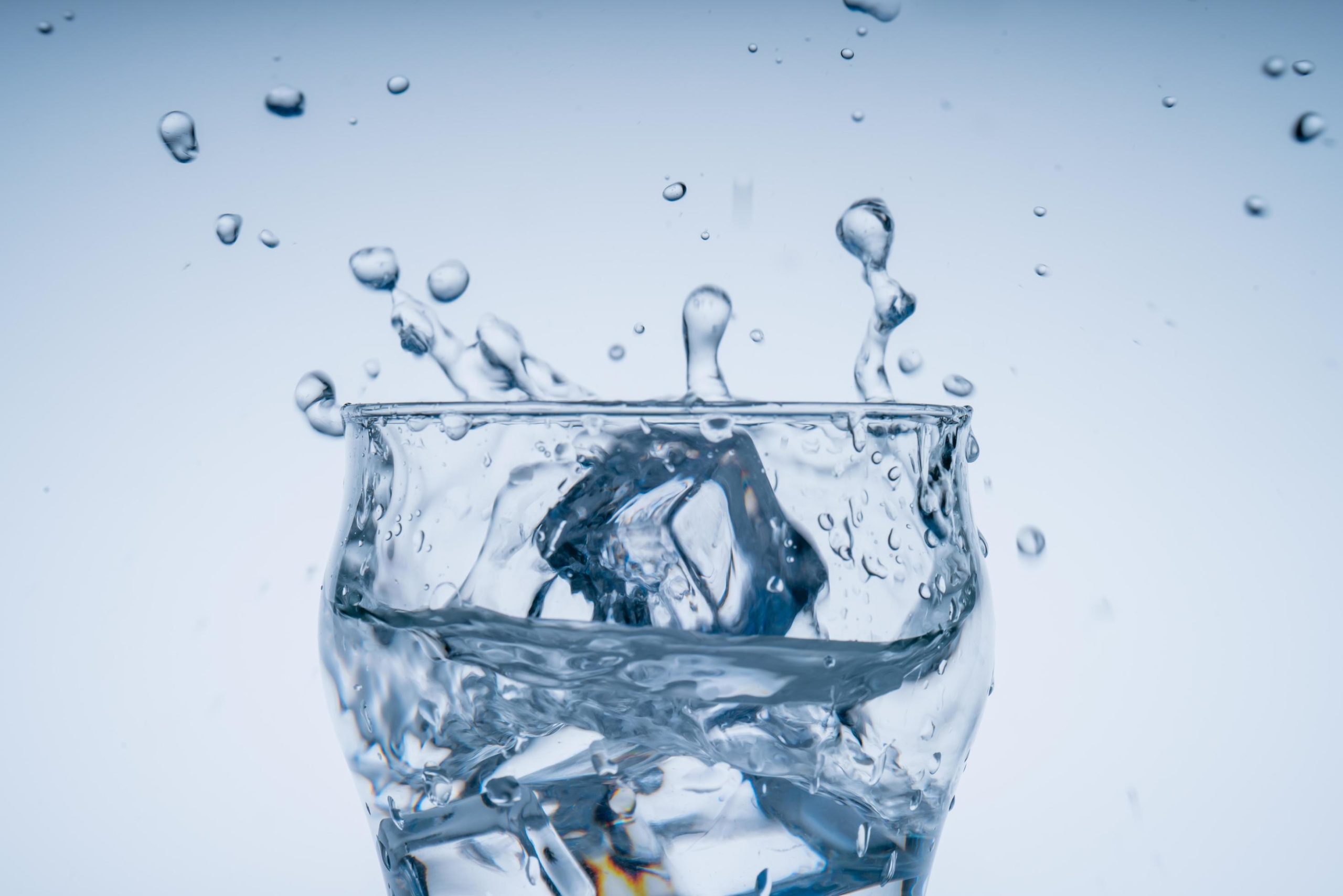The term “Water Cube” can refer to various concepts, including a specific architectural marvel or a modular water storage solution. In this article, we will explore the latter, focusing on what a water Cube is, its different volumes, recommended uses, and other interesting details. Whether you’re looking to store water for domestic, agricultural, or industrial purposes, understanding the functionality and benefits of a water Cube is essential.
What is a water cube?
A water Cube, also known as a water tank or storage cube, is a container specifically designed for storing water or other liquids. These cubes are typically made from durable materials like polyethylene, ensuring they are robust and long-lasting. They come in various sizes and capacities, making them versatile for different applications. The cube shape is particularly efficient for maximizing storage space and facilitating easy transport and stacking.
Different volumes of water cubes
Water Cubes come in a range of sizes to suit various needs. Here are some common volumes:
- Small water cubes (Up to 250 Liters): These are ideal for domestic use, such as rainwater harvesting for garden irrigation, emergency water storage, or use in small construction projects.
- Medium water cubes (250 to 1,000 Liters): Medium-sized cubes are suitable for larger households, small farms, or commercial establishments. They can store enough water to support moderate daily usage or specific tasks like washing vehicles or supplying water to livestock.
- Large water cubes (1,000 to 10,000 Liters): These are used in industrial and agricultural settings where significant amounts of water are required. They can support irrigation systems, large-scale cleaning operations, or serve as emergency water supplies in disaster-prone areas.
- Extra-large water cubes (10,000+ Liters): Often used by municipalities, large farms, and industries, these massive storage solutions are designed to handle extensive water needs, ensuring a stable supply for various large-scale applications.
Recommended uses of water cubes
Water Cubes are incredibly versatile and can be used in numerous ways:
- Domestic water storage: In homes, water Cubes can be used to store potable water, ensuring a backup supply during emergencies or for daily use in regions with unreliable water supply systems.
- Rainwater harvesting: Collecting rainwater using water Cubes is an efficient way to conserve water. This stored water can be used for gardening, flushing toilets, and other non-potable applications.
- Agricultural use: Farmers use water Cubes for irrigation, providing a steady supply of water to crops. They also serve to water livestock, clean equipment, and mix agricultural chemicals.
- Industrial applications: In industries, water Cubes store process water, cooling water, or wastewater. They are also used in construction sites to supply water for mixing concrete and other purposes.
- Disaster preparedness: Water Cubes are crucial in disaster-prone areas for storing emergency water supplies. They ensure that there is always a reliable source of water during floods, earthquakes, or droughts.

Benefits of using water cubes
There are several advantages to using water Cubes for storage:
- Space efficiency: The cube shape allows for easy stacking and efficient use of space. This is particularly beneficial in areas with limited storage room.
- Durability: Made from high-quality materials, water Cubes are designed to withstand harsh environmental conditions, ensuring long-term use.
- Portability: Many water Cubes are designed to be easily transported. They can be moved using forklifts or pallet jacks, making them convenient for temporary setups or relocation.
- Scalability: Water Cubes can be connected or stacked to increase storage capacity as needed, providing flexibility in managing water resources.
- Cost-effective: Investing in water Cubes for storage can save money in the long run by reducing water wastage, ensuring a stable supply, and minimizing dependency on external water sources.
Installation and maintenance
Installing and maintaining a water Cube is relatively straightforward but requires attention to detail to ensure longevity and efficiency.
- Installation: Place the water Cube on a stable, level surface to prevent tipping or damage. Ensure that the installation site is accessible for refilling and maintenance. If stacking multiple cubes, secure them properly to avoid accidents.
- Connections: Properly connect any hoses or pipes to the inlet and outlet valves. Ensure all connections are tight and leak-free. Using high-quality fittings can prevent leaks and contamination.
- Maintenance: Regularly inspect the water Cube for any signs of damage or wear. Clean the interior periodically to prevent algae growth and bacterial contamination. If using the cube for potable water, ensure it is sanitized and free from harmful substances.
- Protection: Protect the water Cube from extreme weather conditions. In colder climates, insulate the cube to prevent freezing. In hot climates, shade the cube to reduce the risk of overheating and UV damage.
Conclusion
A water Cube is a practical and versatile solution for water storage across various applications. Whether for domestic use, agricultural purposes, industrial needs, or disaster preparedness, these storage cubes offer numerous benefits, including durability, space efficiency, and cost-effectiveness. Understanding the different volumes, recommended uses, and maintenance requirements can help you make the most of this essential tool. By investing in a water Cube, you can ensure a reliable and accessible water supply, meeting your needs efficiently and sustainably.
Visit: Heating pool water.

